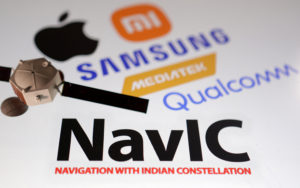Local cosmetics companies are projecting a rebound by the middle of next year as operations continue to normalize after the pandemic ravaged the $4-billion industry.
Chamber of Cosmetics Industry of the Philippines Inc. (CCIPI) president Jocelyn Babaan told the Inquirer they were now seeing signs of recovery, which, if sustained, would mean the industry hitting prepandemic levels by next year.
“It varies from company to company, but by the middle of 2023 we will be closer to prepandemic levels. Unless there are calamities or other major problems, the latest would probably be by the end of 2023,” Babaan said on the sidelines of a CCIPI forum in Pasay City late Thursday afternoon.
She said the health crisis cut 50 percent to 80 percent of the industry’s gross revenue amid limited operations of commercial establishments like malls where most of their stores can be found.
Before the onset of the pandemic, the industry had grown by 30 percent to 40 percent.
Significant changes in the behavior of consumers also cost the industry a substantial portion of sales.
“Since people have not been going outside or to their offices, there was no need to put on makeup or perfume. They just put on the basics, personal care and then have their sanitizers,” she said.
Adjustments
To stay afloat and keep up with demand for sanitizers, some perfume companies shifted production to alcohol, antiseptics and other disinfectants, Babaan said.
“Those who are not into the alcohol business, they had to do some reformulations and research work so they can also participate since there’s a high demand,” she said.
Joel Cruz, maker of the Aficionado perfume brand, supplied the government with alcohol and other antiseptics, she cited for example.
Despite her optimism, Babaan expressed concern about the effects of the weakening peso and rising fuel costs.
“The forex rate is extremely volatile and all of the raw materials of whitening products are basically imported. Although we have local materials like papaya extracts and so on, I don’t think we have enough overall supply,” she said.
The official added the industry imports an assortment of chemicals mostly from China, Europe and South Korea. A small portion of ready-made ingredients also comes from the United States. INQ


